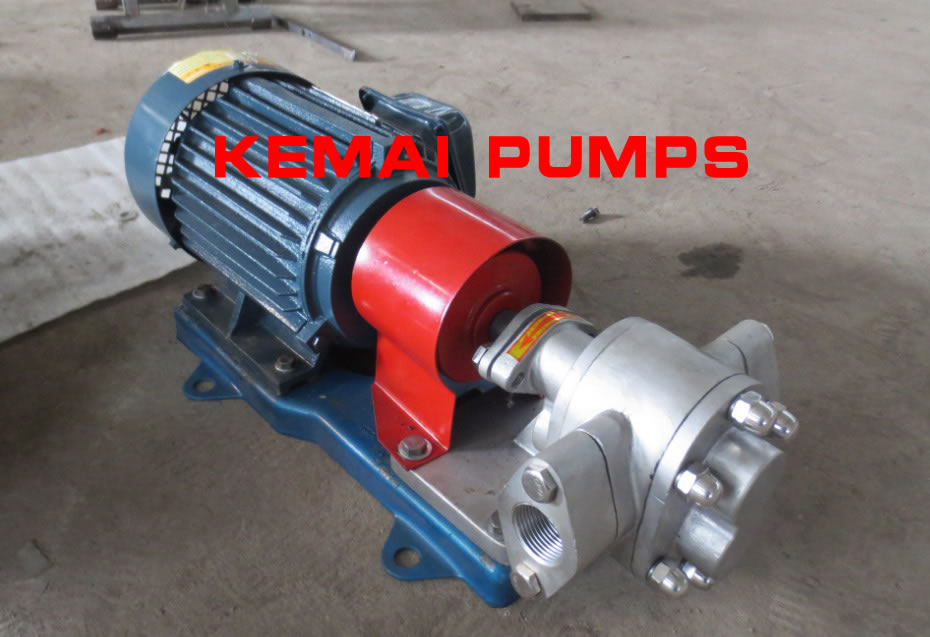According to the material stainless steel gear pump is divided into 304,316 and 316L, according to the structure is divided into internal and external engagement gear pump.
- Internal gear pumps transfer high viscosity liquids, such as glue, asphalt, etc.
- External gear pump transfer low viscosity liquids, such as: lubricating oil, gear oil, diesel oil, etc.
- Stainless steel pump for corrosive liquids, cooking oil, etc.

Stainless steel gear pump Manufacturer features:
1: sliding bearing:
engineering ceramics have good heat resistance, corrosion resistance and friction resistance. So stainless steel gear pump sliding bearings are made of engineering ceramics. According to different media and working conditions, different materials are selected to make bearings.
2: isolation sleeve:
vortex expression is: Pe- vortex; K – constant; N — rated speed of the pump; T-magnetic drive torque; F- Pressure in the liner; D- inner diameter of sleeve; The resistivity of a material; — Tensile strength of the material. When the pump is designed, n and T are given working conditions, and the eddy current can only be reduced from F and D. Non-metallic materials with high resistivity and high strength are selected to make isolation sleeve, which has obvious effect in reducing eddy current.
3: coolant:
coolant flow is usually 2%-3% of the pump design flow, and the annulus area between the inner magnetic rotor and the isolation sleeve produces high heat due to eddy current. When the cooling lubricant is not enough or the flushing hole is not smooth or blocked, the temperature of the medium will be higher than the working temperature of the permanent magnet, so that the inner magnetic rotor gradually loses magnetism and the magnetic drive fails. When the medium is water or water-based liquid, the temperature rise in the annulus region can be maintained at 3-5℃. When the medium is hydrocarbon or oil, the temperature rise in the annulus region can be maintained at 5-8℃.
4: permanent magnet
Permanent magnets made of rare earth permanent magnetic materials have a wide operating temperature range (-45-400℃) and high coercivity. The magnetic field has good anisotropy and no demagnetization occurs when the same pole is close to each other, so it is a good magnetic field source.